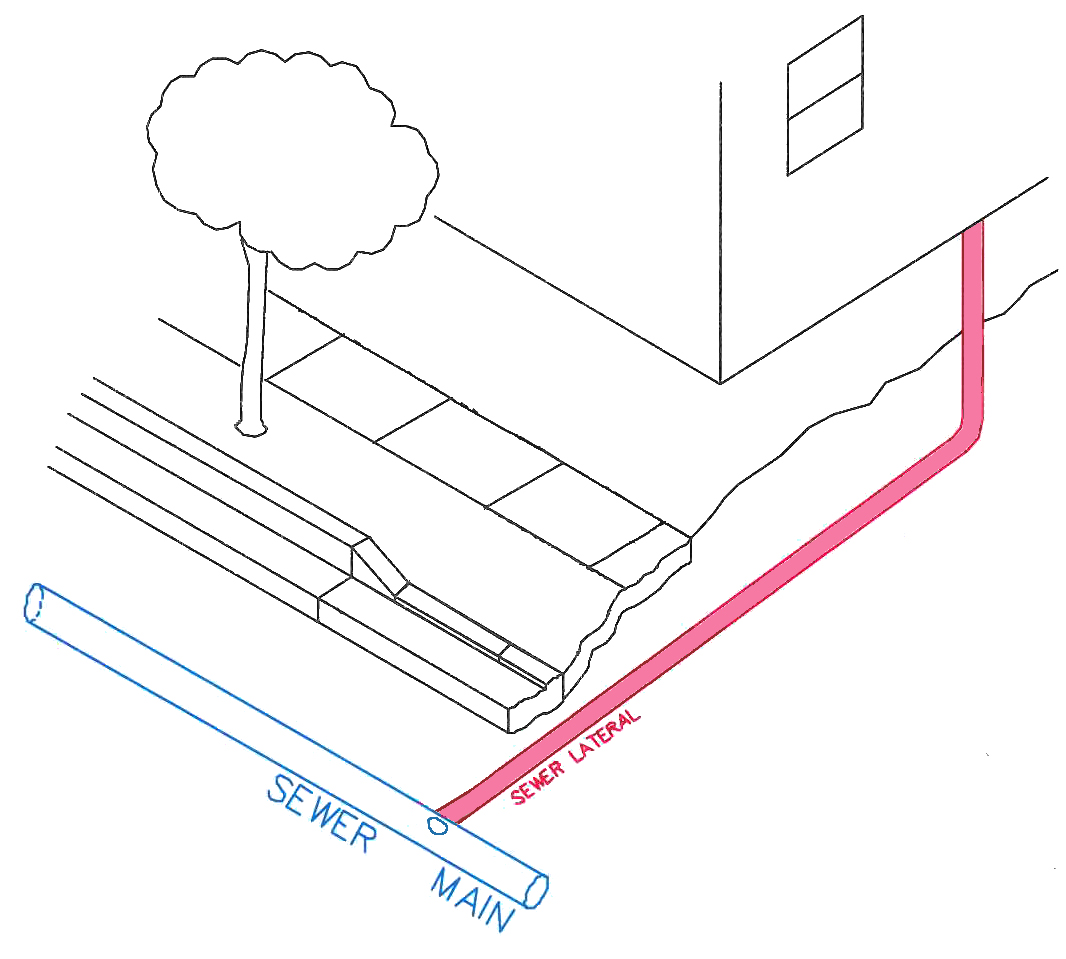In addition to a duty to investigate, associations may have a duty to maintain and repair that may not be clearly defined in the governing documents.
Line Replaced. Patrick Jennison had a leaky sewer pipe two feet beneath his condominium's concrete slab that vented sewage into his unit. The Dover Village Association cut through Jennison's floor, jack hammered the concrete slab, and replaced 50 feet of sewer pipe that connected his condo to the main sewer line.

Owner Billed. Because the lateral sewer line exclusively serviced Jennison's condo, the association deemed it exclusive use common area. As provided for in the Davis-Stirling Act, HOAs are responsible for repairs to common areas while homeowners are responsible for their units and exclusive use common areas appurtenant to their units. (Civ. Code § 4775(a).)
Accordingly, the association billed Jennison for the $15,000 it spent repairing the line. Jennison refused to pay and the Association sued.
Court Review. The court examined Civil Code § 4775(a) (Old: Civil Code § 1364(a)), which states that owners are responsible for exclusive use common areas "unless otherwise provided in the declaration." Because the statute defers to an association's CC&Rs, the court turned to the Dover Village governing documents. It found that the CC&Rs were silent as to maintenance duties involving exclusive use sewer lines.
The CC&Rs did, however, specifically designate patios and garages as exclusive use common areas to be maintained by owners. By expressly assigning maintenance duties for these exclusive use areas, the court concluded that all other exclusive use areas were the responsibility of the Association. Accordingly, the court found for Jennison and against Dover Village. (Dover Village v. Jennison.)
Recommendation: Most associations have outdated governing documents when it comes to maintenance duties. To avoid costly litigation, associations should update their documents to clearly define maintenance responsibilities. There are three options:
- Some documents make the HOA responsible for all maintenance. This results in higher monthly assessments but spreads the cost across all owners and provides for a reserve to cover costly repairs.
- Other associations prefer to keep dues as low as possible and make individual owners responsible for their own maintenance as if they lived in a single family home.
- Some governing documents make the owner responsible for maintenance of lateral lines but make the association responsible for repair and replacement of the line.
Each is a legitimate policy but whichever one is selected must be clearly defined in the CC&Rs.
San Francisco East Bay. See East Bay Sewer Lateral Ordinance.
ASSISTANCE: Associations needing legal assistance can contact us. To stay current with issues affecting community associations, subscribe to the Davis-Stirling Newsletter.